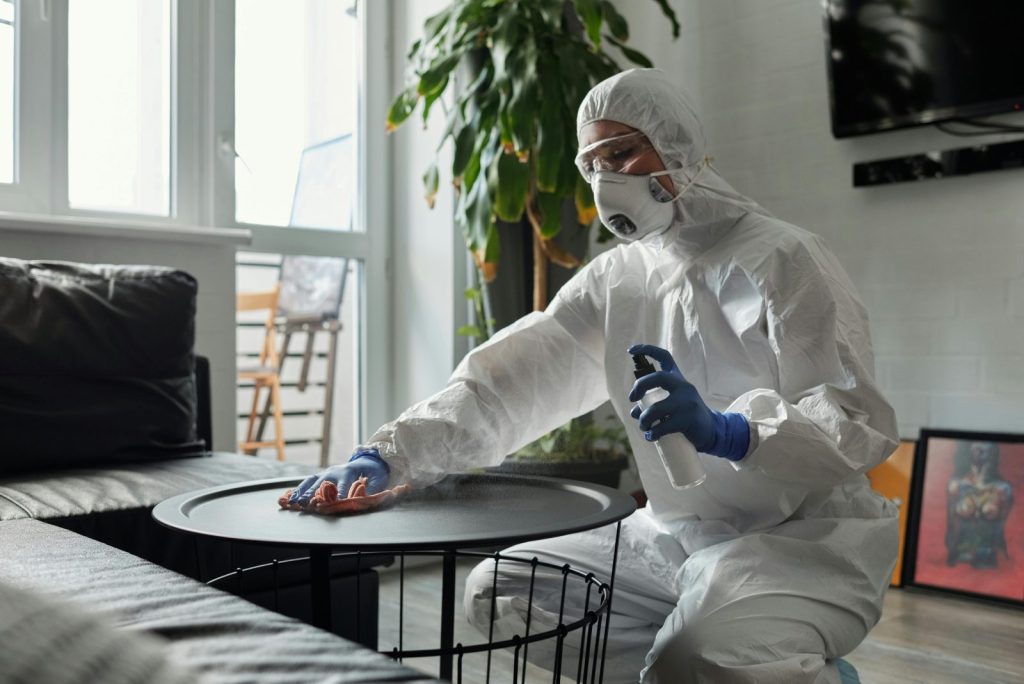
What is sustainable living? How Your Choices Shape a Sustainable Present and Future
By embracing sustainable living, we adopt practices that contribute to the well-being of the environment, society, and economy.

Sustainable products are becoming increasingly common in the market, and understanding their essence and consumer perception is crucial for promoting sustainable consumption.
This blog post explores how consumers perceive sustainable products, defines what they represent, and highlights the benefits consumers gain from using them.
Have you ever wondered how your everyday choices impact your health, wallet, and the planet? It might seem like a big question, but it’s quite simple—choosing sustainable products is a new mindset we should all embrace. Step by step, thinking about sustainability can become second nature without taking too much of your time. Sustainability isn't just about protecting the environment; it also involves fostering our future development. That means that sustainability offers benefits not only for the planet but also for us as consumers of products and activities labeled as sustainable.
Sustainable products aren’t just a trend; they are the key to a healthier, more cost-effective, and meaningful way of life.
Let’s explore together why sustainable products matter, how to recognize them, and what they can do for you.

Photo by Kampus Production: https://www.pexels.com/photo/a-store-clerk-assisting-a-woman-8422710/
Don’t let complicated definitions confuse you. A sustainable product is something designed to last, minimize harm to nature, and use resources wisely. It can be anything—from a detergent that doesn’t pollute water to a lamp that saves electricity.
From a consumer’s perspective, a sustainable product must be efficient, affordable, and safe to use.
For example, products made from recycled materials reduce waste. While this aligns with sustainable resource use and provides indirect benefits, if such a product is more expensive than a comparable non-recycled alternative, it cannot truly be called sustainable.
So, sustainability isn’t just about the planet—it’s about you too.

Photo by Matilda Wormwood: https://www.pexels.com/photo/a-person-wiping-the-round-table-4097993/
Products without toxic chemicals, for instance, make your home a healthier place to live.
Why do toxic chemical-laden products even exist? That’s a valid question for manufacturers, especially since modern production technologies have brought us effective, non-toxic alternatives. This is where consumer power can make a difference. If we collectively choose not to buy products that directly endanger our health and the health of our families, the industry would be forced to adapt.
Such a synergy among individuals would place long-term consumer benefits ahead of profits.
According to research, more and more people want to make sustainable choices, but many feel overwhelmed by an overload of information or marketing claims that promise everything and anything.
Sustainable practices in the food industry include utilizing valuable ingredients from previously untapped byproducts. For instance, biorefinery processes allow for transforming waste into useful components, contributing to food sustainability (1, 2).
However, manufacturers must address consumer perception challenges. For example, some consumers associate recycled or upcycled ingredients with waste, leading to feelings of disgust and reduced acceptance of such products (3, 4). Ensuring that these products meet consumers’ visual and sensory expectations is essential.
Manufacturers are shifting from traditional materials like cotton to alternative sources like nettle fibers, polylactic acid, or recycled fabrics. Options like reusing clothing and incorporating recycled materials are becoming increasingly accessible to consumers.
Yet, here lies a challenge: sustainability is not the main driver in clothing choices. Consumers still prioritize comfort and style over sustainability (5). Manufacturers must balance these priorities to increase acceptance of their products.
Manufacturers recognize that consumer perception begins long before a product is used. In food, for example, expectations about taste and quality are shaped by packaging, labels, and brands. Similarly, for clothing, factors such as store type, materials, and certifications shape consumer expectations before they even try or wear the product (6).

Photo by Andrea Piacquadio: https://www.pexels.com/photo/photo-of-woman-wearing-sunglasses-994234/
Using sustainable products offers numerous advantages:

Photo by Leeloo The First: https://www.pexels.com/photo/question-marks-on-paper-crafts-5428836/
Starting your journey with sustainable products doesn’t have to be difficult or expensive. The key is to make small, gradual changes that fit into your everyday life. Here are some practical tips:
Think about the products you use most often—cleaning supplies, cosmetics, clothing, or food. For instance, replace plastic bags with reusable ones or try cleaning products free of harmful chemicals. Begin with one product category and gradually expand your choices.
Labels can provide valuable information about whether a product is sustainable. Look for certifications like the EU Ecolabel, Fair Trade, or indicators that guarantee using recycled or natural materials.
Set small, achievable goals, such as "I will buy recycled paper products" or "I will reduce single-use plastics." Track your progress and reward yourself when you achieve your goals.
The first step is understanding what sustainable products are and how they can benefit you. Follow blogs like Sustainable Living by Science, where you’ll find science-based advice on choosing products that are affordable, effective, and less harmful to the environment.
Change is easier when you have support. Join groups or communities on social media that share similar goals. We’d be thrilled to have you as part of our Instagram community at Sustainable Living by Science!
Remember, every change counts. You don’t have to change everything at once—start with what feels easiest. Sustainability isn’t a competition; it’s a journey toward something better.

Photo by Andrea Piacquadio: https://www.pexels.com/photo/men-and-woman-in-red-tank-top-is-ready-to-run-on-track-field-3764538/
So next time you choose a product, remember this—it’s not just an item you’re using. It’s your message. It’s your contribution to a better future for yourself, your family, and the world.
Let’s make a difference, one sustainable choice at a time.

By embracing sustainable living, we adopt practices that contribute to the well-being of the environment, society, and economy.

The idea of a sustainable diet was established in 2010.

A sustainable diet is considered to be a diet that resembles a nutritionally healthy diet.

Sustainability goes beyond admiration; it is a commitment to maintaining the delicate balance between our species and the planet.

Several scientists are “defending” meat consumption, replying that red meat is the source of essential nutrients.
Welcome to Sustainable Living by Science. With our scientific mindset, we are exploring how to nurture our well-being while caring for the environment. We are sharing the meaning of sustainability through evidence-based practices. Join us on this journey towards a greener, healthier future where science guides us to make the best choices for ourselves, the planet, and others.
All content is © 2024 by Sustainable Living by Science. All rights reserved.